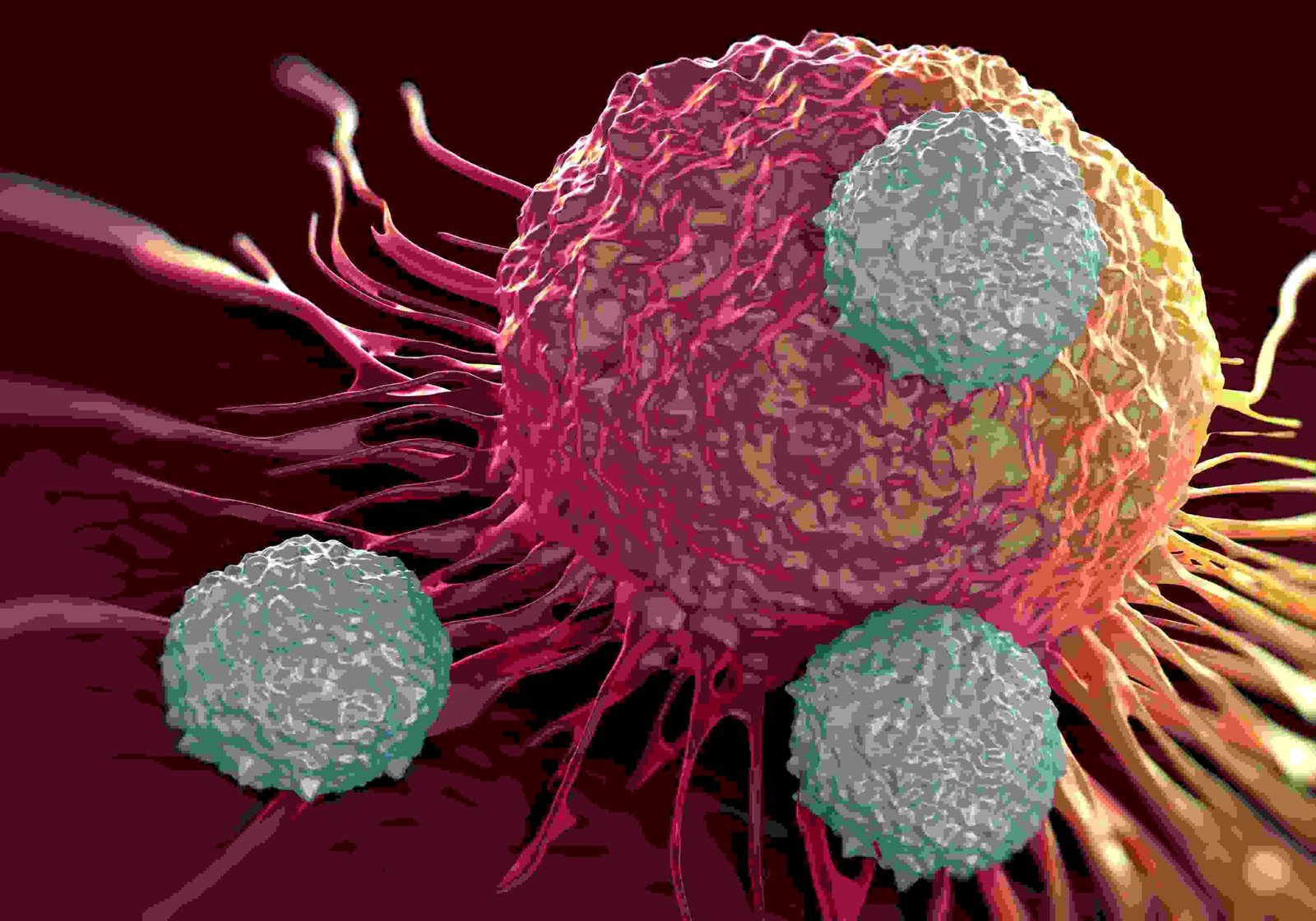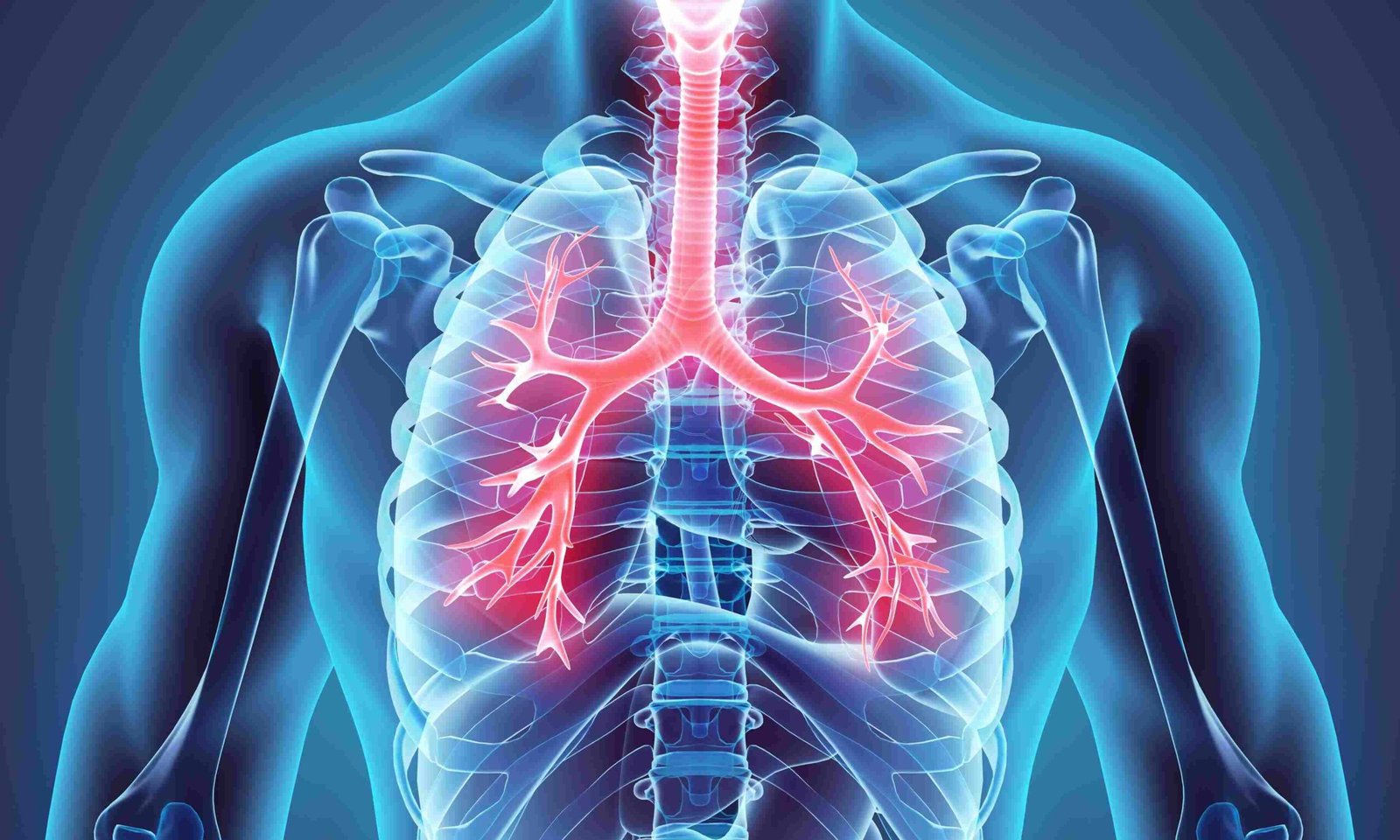Diamond-Blackfan Anemia (for Parents) – Nemours KidsHealth
What Is Diamond-Blackfan Anemia?
Diamond-Blackfan anemia happens when bone marrow doesn’t make enough red blood cells. These cells carry oxygen to all parts of the body. Too few
in the body leads to anemia.
Some children with Diamond-Blackfan anemia also have physical changes in their heart, head, and upper body. With regular treatment, most children can live long and healthy lives.
What Are the Signs & Symptoms of Diamond-Blackfan Anemia?
At birth, babies with Diamond-Blackfan anemia may have:
- problems moving the eyes (strabismus)
- drooping eyelids (ptosis)
- clouding of the lens of the eye (cataracts)
- small or low-set ears
- cleft palate
- a small head
- a short or webbed neck
- heart problems
- problems with the arm, hand, and thumb bones
- missing kidney or kidneys joined in a horseshoe shape
- an opening on the underside instead of the tip of the penis (hypospadias)
During the first year of life, children usually have anemia symptoms, such as:
- pale gums and very light skin
- sleepiness
- poor appetite
- low energy
- fast heartbeat
They’re usually shorter and go through puberty later than other kids their age. They’re also more likely get some types of cancer.
Some children with a milder form of Diamond-Blackfan anemia may not have symptoms until they’re teens or young adults.
What Causes Diamond-Blackfan Anemia?
Diamond-Blackfan anemia is caused by a gene change (mutation) that can happen in one of many genes. A child may inherit the gene change from a parent. Or the gene change might be new, which means it happens in a child who doesn’t have a parent with the condition.
The same gene change can cause different symptoms in different people. So, if two children in a family have Diamond-Blackfan anemia, one might have milder symptoms than the other.
Families can talk to a genetic counselor to understand more about how the condition can run in families.
How Is Diamond-Blackfan Anemia Diagnosed?
Doctors usually find Diamond-Blackfan anemia in a child’s first year of life. If a newborn has symptoms or a child is anemic, doctors will do tests to find the cause, such as:
They might do genetic testing before birth using amniocentesis or chorionic villus sampling if:
How Is Diamond-Blackfan Anemia Treated?
Children with Diamond-Blackfan anemia are treated by a doctor who specializes in blood problems (a hematologist). The main treatments are:
- Steroid medicines: Often, these can raise the red blood cell count enough.
- Red blood cell transfusions: If needed, a child can get these transfusions through an intravenous (IV) line.
Other treatments depend on what medical problems the child has. For example, a child also might need care from:
The only cure for Diamond-Blackfan anemia is a stem cell transplant. This is when affected bone marrow cells are replaced with donor cells. A stem cell transplant is not the best treatment for all children with Diamond-Blackfan anemia. Hematologists consider many things before recommending one, such as whether a donor can be found, what other medical problems the child has, and how the child has responded to other treatments.
How Can Parents Help?
With regular medical care and treatment, most children with Diamond-Blackfan anemia can live long and healthy lives. To help your child:
- Go to all medical visits.
- Give any prescribed medicines as directed.
- Talk to your doctor about storing umbilical cord blood if a sibling is going to be born. The cord blood might provide cells for a stem cell transplant to the child with Diamond-Blackfan anemia.
- Get support and education from your hematologist and online at:
Source link
#DiamondBlackfan #Anemia #Parents #Nemours #KidsHealth



